Unfortunately, many people have high insulin for years without knowing it. Here are 11 subtle (but common) signs that you might be experiencing this metabolic problem.
❗❗ During water fasting, especially after the first 24 hours, it is very common to experience symptoms such as:
- headaches
- dizziness
- weariness
- muscle cramps
➡️ They often occur not from lack of foodbut because of the lack of electrolytes(especially sodium, potassiumand magnesium), which are quickly lost in the first days of fasting.
1. You have a constant craving for sweets or carbohydrates
A high level of insulin keeps you in a vicious circle: you eat sugar → increase insulin → lower blood sugar → sugar cravings appear again. If you feel like you “can't stop nibbling,” especially sweets or bread, insulin could be to blame.
2. You can't lose weight, no matter what diet you try
Insulin is a storage hormone. When it is constantly elevated, it “locks” the fat in the cells and prevents it from being burned. That means you can eat less and still not lose weight.
3. You have visible (and stubborn) abdominal fat
One of the signatures of increased insulin is the accumulation of fat in the abdominal area. Even if you are weak in the rest of your body, your belly can always remain present.
4. You feel sleepy after eating
After you eat (especially carbohydrates), insulin rises to store glucose. If a sharp drop in blood sugar occurs later, your body may react with intense fatigue and the need for sleep.
5. You are hungry often, even after meals
Insulin blocking fat burning, the body does not have access to energy between meals and sends you the signal “eat again”. Frequent hunger is an indication that your metabolism is not working efficiently.
6. Have memory problems or difficulty concentrating
Insulin also influences brain health. High levels can cause what's called “mental fog” — difficulty concentrating, frequent forgetfulness, slow thinking.
7. You have high blood pressure
High insulin stimulates sodium and water retention in the body, which can lead to hypertension. If you have high blood pressure and the cause hasn't been explained, insulin may be involved.
8. You have acne, especially around the mouth and jaw
Excess insulin stimulates the production of androgens and oils in the skin, favoring the appearance of acne, especially in adults.
9. You have high triglycerides and low HDL
An unbalanced lipid profile (triglycerides above 150 and HDL below 40 in men, below 50 in women) is strongly associated with hyperinsulinemia and metabolic syndrome.
10. It's hard for you to stay without snacks
If you feel “dizzy” if you don't eat every 2-3 hours, your body may be dependent on glucose and unable to burn fat efficiently — a clear sign of elevated insulin.
11. Have brown spots or thickened skin in the neck or armpit area (acanthosis nigricans)
This skin condition is often a visible signal of insulin resistance. It may seem like a simple pigmentation problem, but it's an important metabolic indicator.
🧂 How do you prevent headaches and dizziness during water fasting?
If you start having a headache, feeling dizzy, or weak, it may not be because of a lack of glucose, but because of a lack of glucose. Essential electrolytes.
What you can consume without “breaking” the fast:
- ✅ Water with a pinch of natural salt(sea or Himalayan) — supports tension and prevents dizziness
- ✅ Magnesium(preferably citrate or glycinate) — reduces muscle cramps, fatigue and irritability
- ✅ Potassium(from a simple supplement or potassium salt — in moderation)
- ✅ Natural carbonated mineral water— if it has electrolytes (read the label), it can be a mild variant
📌 Completely avoid sweetener drinks, juices, flavored water, or effervescent sugar tablets — these interrupt fasting.
🎯 Conclusion
If you experience any of the above signs, your insulin levels may be higher than they should be — even if your usual blood glucose tests seem normal. The good news? It can be adjusted by feeding, intermittent fasting and intelligent movement.
✅ Want to lower your insulin?
See the complete guide on insulin, fasting and healthy weight loss- here!
or, take the interactive test below:
The safest method is a blood test called serum insulin (on unsold). Ideally, the value should be below 10 μU/ml. In some cases, the HOMA-IR index is also used to assess insulin resistance.
Yes, absolutely. This is the most common scenario! Insulin can be increased for years, while blood sugar remains “within limits”. That is why blood sugar alone is not a sufficient indicator of metabolic health.
Unfortunately, yes. It's not just about the amount of sugar, but also about the frequency of meals, lack of fasting and chronic stress. The body reacts to every meal, snack, and even bad sleep — not just to obvious sweets.









.svg.avif)




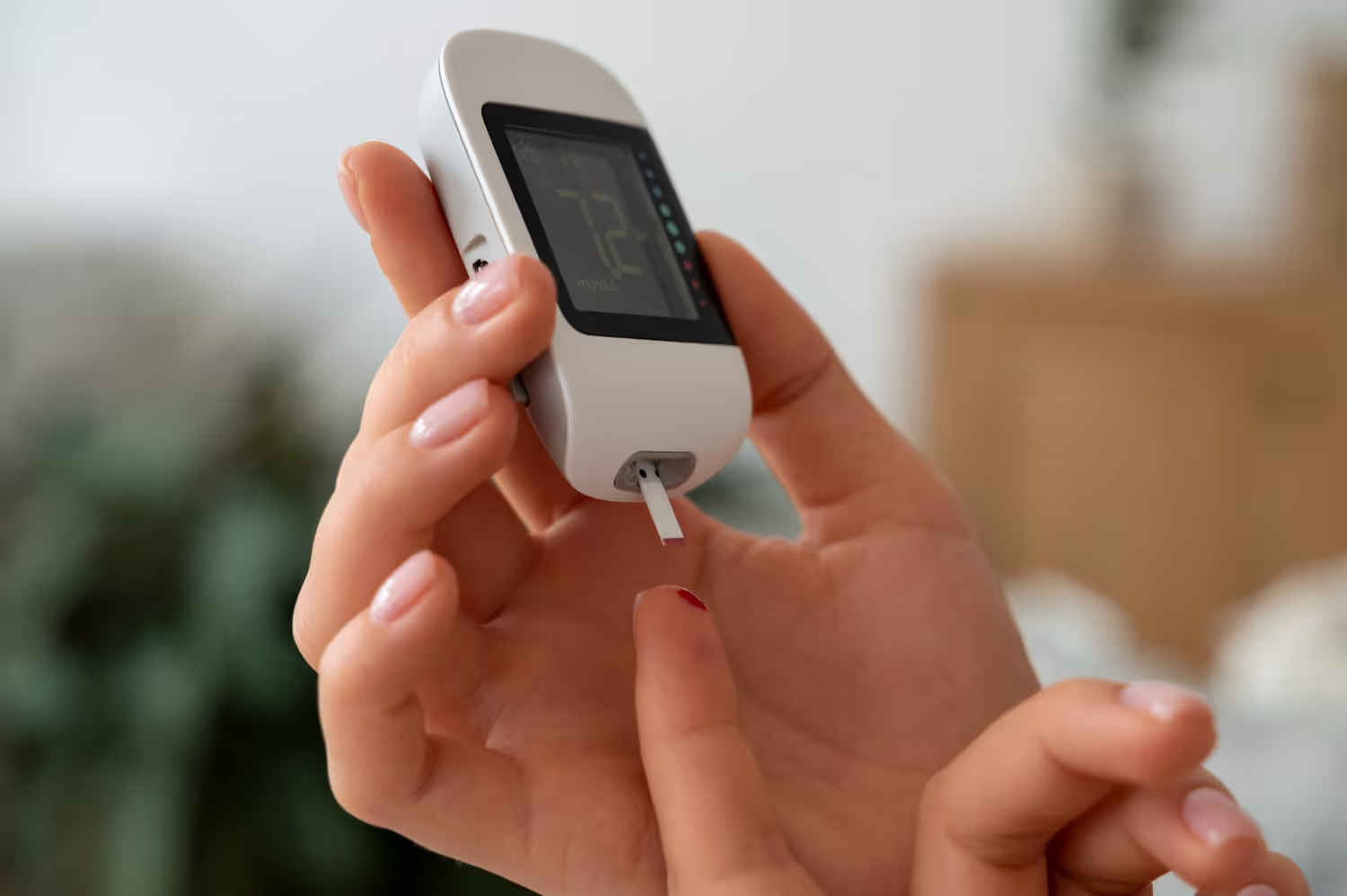







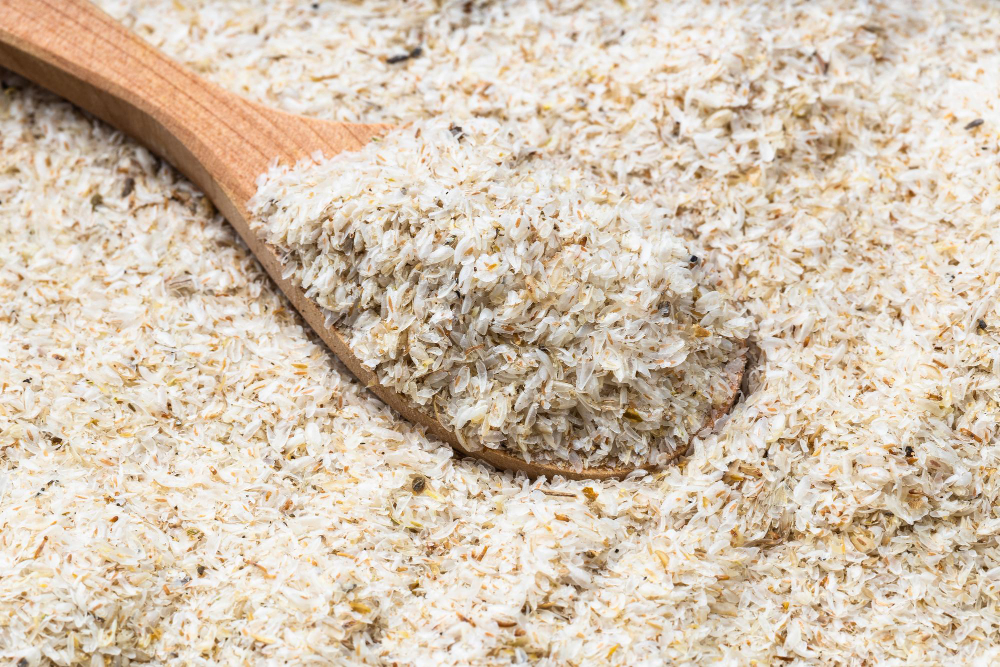




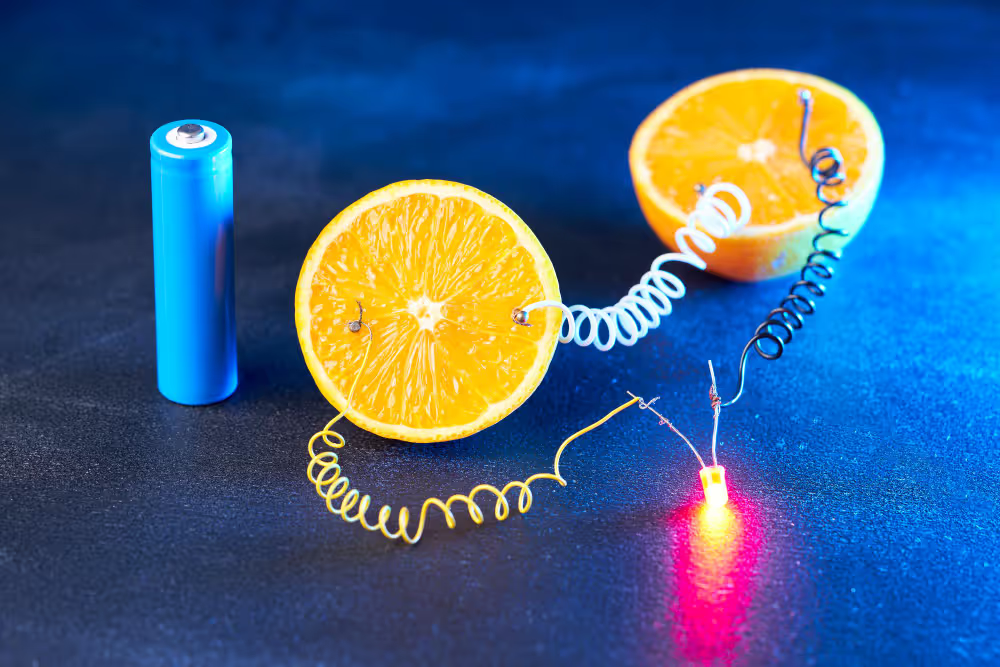
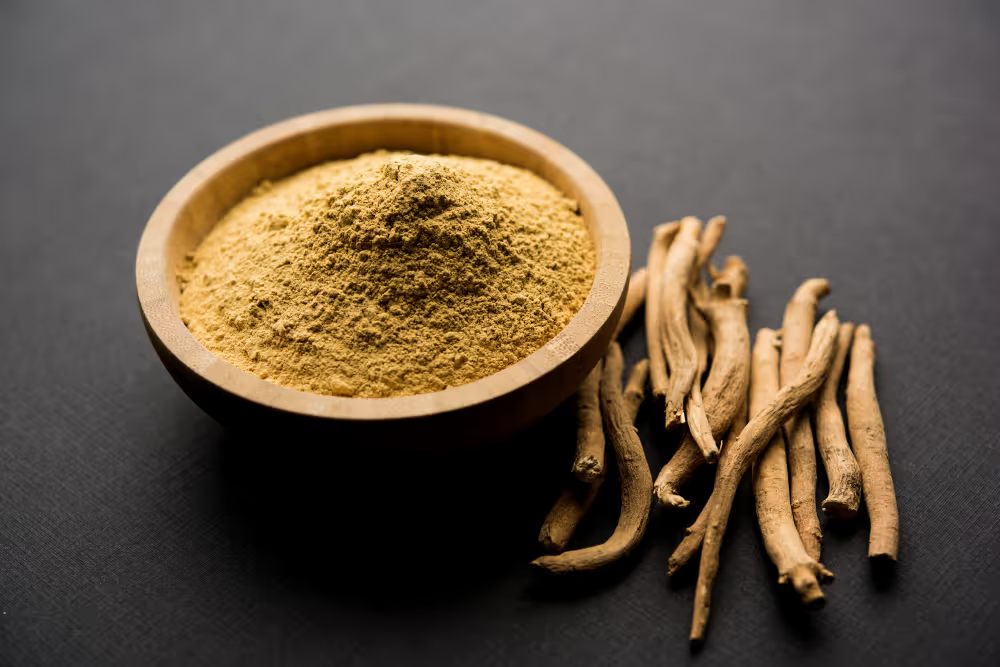




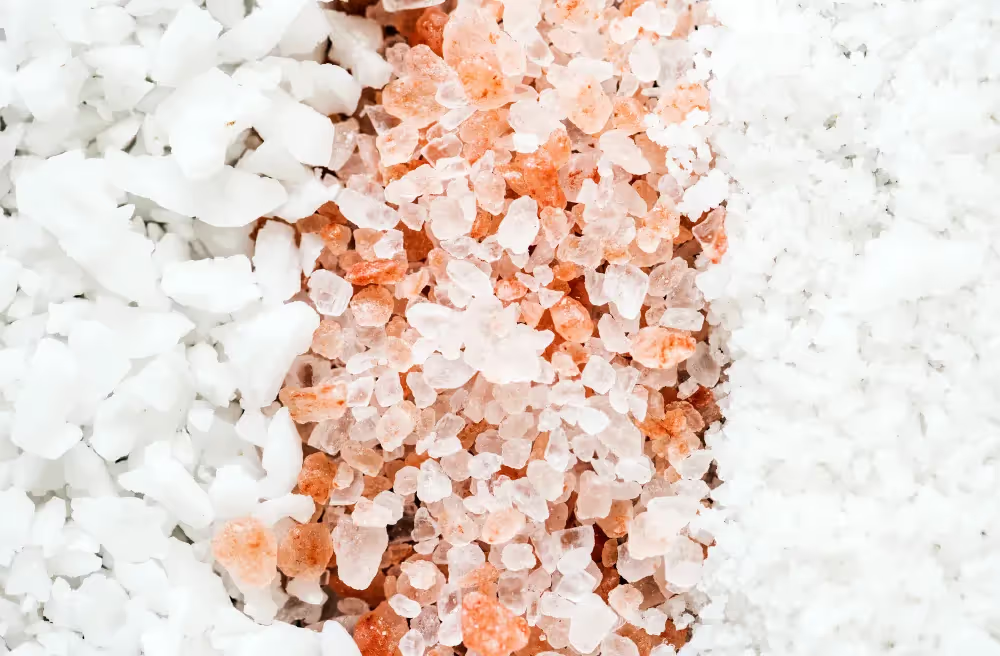


























.svg)
